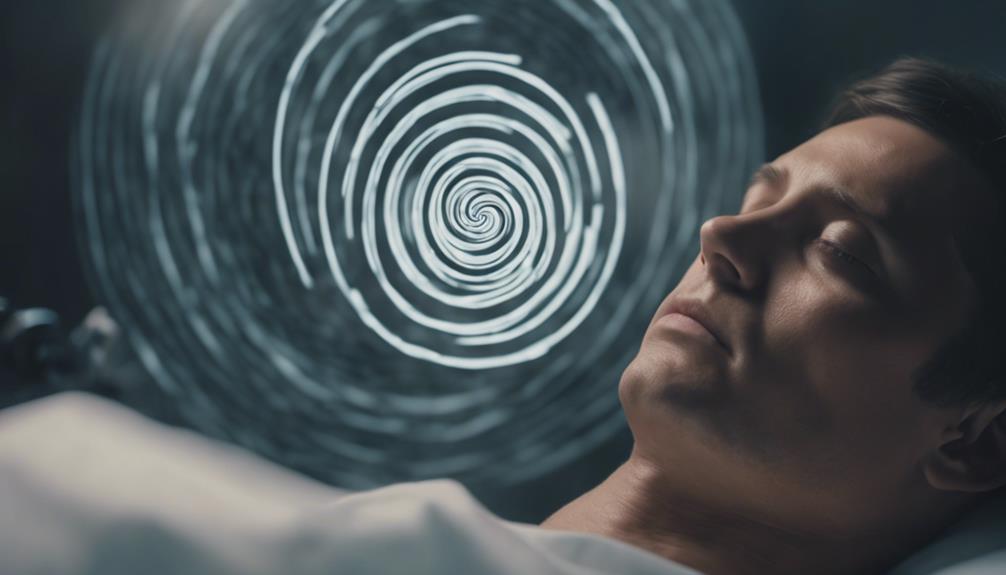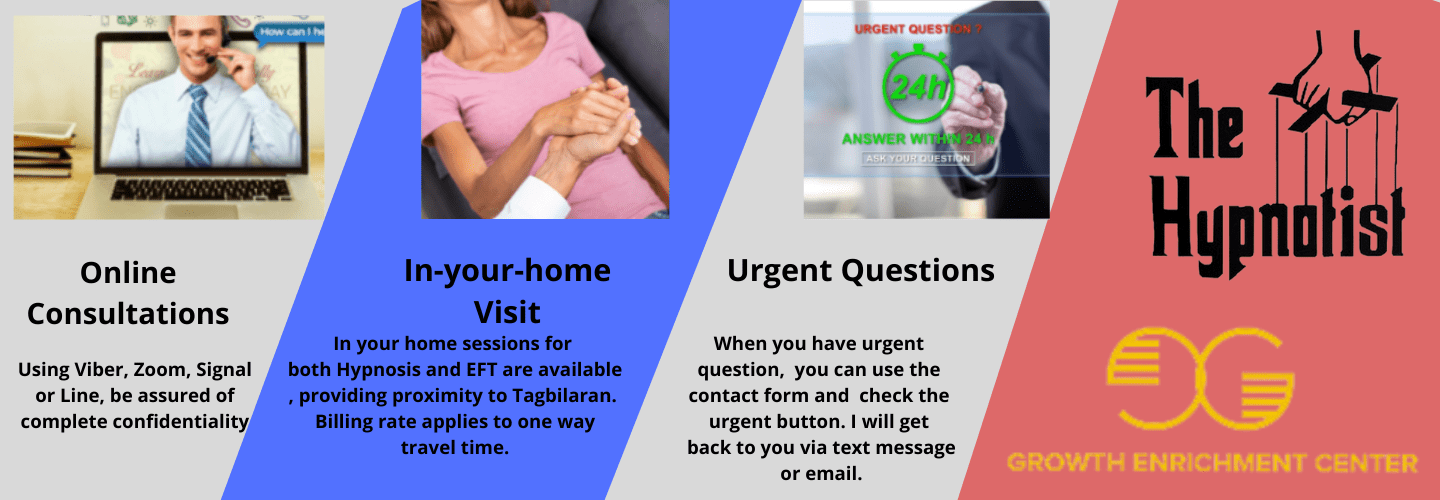
Access the transformative powers of hypnosis, EFT, and NLP to conquer your fear of anesthesia. Gain control, alleviate anxiety, and reveal triggers through tailored strategies. Envision positive outcomes and nurture a resilient mind-body connection. Cultivate confidence, communicate openly, and prioritize relaxation for holistic wellness. Learn from inspiring success stories and embrace tranquility for effective post-anesthesia healing. Let these tools lead you towards a renewed sense of well-being and a positive perspective on medical procedures. Tap into the potential within you to overcome fear and phobias surrounding anesthesia.
Understanding Anesthesia Fear
For many individuals, understanding the fear of anesthesia is an important step towards overcoming it and ensuring a successful medical procedure. Anesthesia fear can be triggered by various factors such as a lack of control, concerns about potential side effects, or fear of the unknown. Recognizing these triggers and acknowledging them is essential in addressing the underlying causes of anxiety.
Coping mechanisms play a critical role in managing anesthesia fear. One effective strategy is educating oneself about the anesthesia process, including its benefits and risks. This knowledge can help demystify the procedure and alleviate some of the fear associated with it. Additionally, practicing relaxation techniques such as deep breathing, visualization, or mindfulness can help reduce anxiety levels before undergoing anesthesia.
It is essential to communicate openly with healthcare providers about any fears or concerns regarding anesthesia. They can provide reassurance, answer questions, and offer additional support to help individuals feel more comfortable and confident about the upcoming procedure. By understanding triggers and utilizing coping mechanisms, individuals can take proactive steps towards overcoming their fear of anesthesia and approaching medical interventions with a sense of empowerment and readiness.
Benefits of Hypnosis

Understanding the benefits of hypnosis can offer individuals a valuable tool in managing anxiety and fear related to anesthesia, providing a potential avenue for enhancing relaxation and confidence during medical procedures. Hypnosis is a powerful technique that can bring about numerous advantages for mental wellness and stress relief. Here are four key benefits of utilizing hypnosis:
- Stress Relief: Hypnosis can help individuals enter a state of deep relaxation, reducing stress levels and promoting a sense of calmness even in challenging situations.
- Enhanced Focus: Through hypnosis, individuals can improve their focus and concentration, allowing them to better cope with anxiety and fear associated with anesthesia.
- Increased Confidence: Hypnosis can boost self-confidence and self-belief, empowering individuals to face medical procedures with a positive mindset.
- Behavioral Change: Hypnosis can aid in modifying negative thought patterns and behaviors, fostering a more positive outlook on anesthesia and medical interventions.
EFT Techniques for Anxiety

For individuals struggling with anxiety surrounding anesthesia, EFT (Emotional Freedom Techniques) offers a powerful tool for calming nerves.
Using the EFT tapping method, individuals can address their fears and anxieties in a structured and effective manner.
EFT for Calming Nerves
To ease anxiety and promote a sense of calmness, Emotional Freedom Techniques (EFT) offer a powerful tool for managing nerves before undergoing anesthesia. EFT focuses on tapping specific acupressure points on the body while verbalizing affirmations to address stress and anxiety.
Here are four ways EFT can help in calming nerves:
- Acknowledgment: Start by acknowledging your feelings of anxiety or nervousness.
- Tapping Sequence: Follow a structured tapping sequence on key acupressure points.
- Positive Affirmations: Repeat positive affirmations to shift your mindset towards calmness.
- Breathing Techniques: Incorporate deep breathing exercises to further enhance relaxation.
EFT Tapping Method
Utilizing the EFT tapping method can be a transformative technique for alleviating anxiety and promoting emotional balance in preparation for anesthesia.
EFT, or Emotional Freedom Techniques, offers various benefits for individuals facing anxiety, including reducing stress levels, calming nerves, and enhancing overall well-being. By tapping on specific acupressure points while focusing on the anxiety-provoking thoughts or feelings, EFT can help rewire the brain's response to stressors, leading to a sense of calmness and relaxation.
When combined with NLP applications, such as reframing negative beliefs about anesthesia, EFT can further empower individuals to confront their fears and anxieties effectively.
Embracing EFT as a tool for managing pre-anesthesia anxiety can pave the way for a more positive and peaceful medical experience.
NLP Strategies for Phobias

Handling phobias can be a challenging journey, but utilizing Neuro-Linguistic Programming (NLP) strategies can offer effective tools for addressing and overcoming these fears. NLP interventions focus on understanding how individuals perceive and interpret the world around them, offering techniques to reframe thoughts and behaviors associated with phobias.
Here are four key strategies that can help individuals navigate through their phobias:
- Anchoring Techniques: NLP employs anchoring to associate positive feelings or states with a specific trigger, helping to rewire the brain's response to phobic stimuli.
- Swish Pattern: This technique involves mentally replacing a phobic image with a more desirable one, gradually diminishing the fear response over time.
- Meta-Modeling: By challenging and restructuring limiting beliefs associated with phobias, individuals can gain a new perspective and reduce the intensity of their fears.
- Visual-Kinaesthetic Dissociation: This method involves separating oneself from the phobic experience mentally, reducing its emotional impact and empowering individuals to confront their fears more effectively.
Overcoming Fear Through Visualization

Traversing through phobias can be a transformative journey, and one effective approach to overcoming fear is through the powerful practice of visualization. By utilizing visualization techniques, individuals can confront their fears in a controlled and safe environment. Visualization involves creating detailed mental images of a calm and peaceful scenario, such as a serene beach or a tranquil garden, to help reduce anxiety and instill a sense of relaxation.
Incorporating relaxation exercises into visualization can further enhance its effectiveness. Techniques like deep breathing, progressive muscle relaxation, and guided imagery can aid in calming the mind and body, making it easier to visualize positive outcomes and confront fears with a sense of control. Through consistent practice, individuals can rewire their brain's response to fear, replacing negative associations with anesthesia or medical procedures with more positive and empowering thoughts. Visualization serves as a powerful tool in the journey towards overcoming phobias, offering a pathway to healing and a renewed sense of calmness and confidence.
Mind-Body Connection in Healing

Harnessing the powerful link between the mind and body can be a transformative tool in the healing process.
Positive thinking has shown remarkable effects on physical well-being, aiding in the recovery journey.
Healing Through Mind-Body Connection
Harnessing the inherent link between the mind and body can greatly improve the healing process for individuals dealing with fear or phobia of anesthesia. When it comes to mental wellness and healing techniques, the mind-body connection plays an essential role.
Here are four ways in which this connection can aid in overcoming anesthesia fears:
- Mindfulness Practices: Engaging in mindfulness meditation or deep breathing exercises can help calm the mind and reduce anxiety before anesthesia.
- Visualization Techniques: Visualizing a positive anesthesia experience can reframe negative thoughts and instill confidence.
- Physical Activity: Regular exercise releases endorphins, promoting a sense of well-being and reducing stress related to anesthesia.
- Holistic Therapies: Incorporating holistic approaches like acupuncture or yoga can support overall mental and physical health during the anesthesia process.
Power of Positive Thinking
The power of positive thinking is a transformative force that bridges the mind and body, fostering a holistic approach to healing and well-being. Positive affirmations play an essential role in shaping our mental resilience and outlook on life. By consciously choosing to focus on uplifting thoughts and beliefs, we can enhance our overall health and recovery process.
Research suggests that individuals who maintain a positive mindset tend to experience reduced stress levels, improved immune function, and faster healing rates. Cultivating a habit of positive thinking can not only alleviate anxiety and fear but also contribute to a more optimistic and empowering mindset. Embracing the power of positive affirmations can be a powerful tool in overcoming obstacles and achieving greater emotional balance.
Overcoming Psychological Barriers
To tap into the profound connection between the mind and body for healing, individuals can explore strategies that address psychological barriers hindering their well-being. Fear management and overcoming psychological barriers are essential steps in this journey towards holistic wellness.
Here are four key strategies to help individuals overcome these obstacles:
- Identify Triggers: Recognize what specific situations or thoughts trigger fear or anxiety.
- Cognitive Behavioral Therapy (CBT): Work with a therapist to reframe negative thought patterns and behaviors.
- Mindfulness and Meditation: Practice techniques that promote relaxation and awareness of the present moment.
- Self-Compassion: Be kind to yourself during challenging times and acknowledge your progress in overcoming psychological barriers.
Building Confidence for Procedures

When facing medical procedures, it is essential to focus on building confidence in oneself and the healthcare team to alleviate fears or phobias of anesthesia. Building confidence involves acknowledging any concerns while also recognizing the expertise of the medical professionals involved. One effective way to boost confidence is by practicing relaxation techniques. Deep breathing, visualization, or mindfulness exercises can help calm nerves and instill a sense of control over the situation.
Additionally, engaging in open communication with the healthcare team can provide reassurance and clarity about the procedure, anesthesia, and recovery process. Asking questions and discussing any worries can help in building trust and confidence in the medical team's abilities. Remember that healthcare professionals are trained to prioritize patient safety and comfort, which includes addressing fears and anxieties surrounding anesthesia.
Case Studies: Success Stories

Exploring through individuals' journeys can provide valuable insights into overcoming fears and phobias of anesthesia, shedding light on the power of resilience and determination in the face of medical procedures.
- Patient Testimonials: Real-life stories of individuals who conquered their fear of anesthesia through techniques like hypnosis, EFT, and NLP offer hope and inspiration to others facing similar challenges.
- Expert Insights: Case studies conducted by professionals in the field provide a deeper understanding of the effectiveness of hypnosis, EFT, and NLP in addressing anesthesia phobias.
- Transformational Experiences: Witnessing the journey of individuals from paralyzing fear to a place of calm acceptance showcases the profound impact that psychological interventions can have on overcoming anxieties related to medical procedures.
- Empowering Narratives: Success stories not only highlight the efficacy of alternative therapies but also emphasize the importance of a positive mindset and proactive approach in dealing with anesthesia-related fears.
These narratives serve as a beacon of hope, illustrating that with the right tools and mindset, overcoming the fear of anesthesia is indeed achievable.
Maintaining Calmness Post-Anesthesia

After undergoing anesthesia, maintaining a sense of tranquility and composure can greatly aid in the post-operative recovery process. Post-surgery relaxation is vital for the body to heal effectively. It is normal to feel anxious or disoriented after waking up from anesthesia; however, focusing on relaxation techniques can help ease these feelings. Deep breathing exercises, visualization of a peaceful place, or listening to calming music are all effective ways to promote relaxation post-anesthesia.
Developing a recovery mindset is essential for a smooth recuperation. Embracing a positive outlook and staying optimistic about the healing process can speed up recovery and reduce any post-operative discomfort. Remember, the body has remarkable restorative abilities, and by maintaining a calm and positive attitude, you are facilitating this natural healing process.
Frequently Asked Questions
Can Hypnosis, Eft, and NLP Be Used Together to Address Anesthesia Fear?
Combination therapies such as hypnosis, EFT, and NLP offer a holistic approach to addressing anesthesia fear. Patient testimonials highlight the effectiveness of utilizing these techniques together in overcoming phobias, providing hope and empowerment for individuals seeking anxiety relief.
Are There Any Potential Side Effects or Risks Associated With Using Hypnosis, Eft, or NLP for Overcoming Anesthesia Fear?
When considering techniques to overcome anesthesia fear, it's important to address potential risks and safety concerns. Prioritizing patient well-being, thorough assessment, and professional guidance can help navigate any potential side effects associated with hypnosis, EFT, or NLP.
How Long Does It Typically Take to See Results When Using Hypnosis, Eft, or NLP Techniques for Anesthesia Fear?
Individual progress varies, with some experiencing immediate results while others may require more time. Long-term effects of using these techniques for anesthesia fear can be significant. Group therapy may also be beneficial for enhancing results.
Are There Specific Techniques Within Hypnosis, Eft, or NLP That Are More Effective for Addressing Anesthesia Fear?
When addressing anesthesia fear, the effectiveness of hypnosis techniques lies in their ability to reframe beliefs and calm the mind. EFT applications excel in tapping into emotions, releasing fear. Success rates vary per individual, making personal exploration essential for overcoming phobias.
Can These Techniques Be Used for Children or Individuals With Developmental Disabilities Who May Have Anesthesia Fear?
When addressing anesthesia fear in children's therapy or with special needs individuals, tailored techniques can be beneficial. By understanding unique needs, providing a safe environment, and utilizing appropriate resources, fears can be effectively managed and reduced.
Conclusion
To sum up, utilizing hypnosis, EFT, and NLP techniques can effectively resolve the fear or phobia of anesthesia. By tapping into the power of the mind-body connection and visualization, individuals can build confidence, reduce anxiety, and overcome their fears.
Through these methods, individuals can maintain a sense of calmness before and after anesthesia, allowing for a smoother and more positive experience. As the saying goes, 'fear is only as deep as the mind allows.'
Take the Next Step
Do not be afraid to reach out to me, Mark E Wilkins, to assist you in any issues you might have. Most Hypnotherapy sessions last 2 hours and EFT Sessions are usually handled with one session. Life Coaching is 45 minute session, once a week. Self-Hypnosis is taught in one session, and lasts a lifetime.
To make an appointment, first listen to the Pre-talk and fill out he Complementary Healthcare Provider Disclosure. The use the Contact Form to request an appointment with the Bohol Hypnosis Expert.
Self-help downloads are available. The self-hypnosis program to teach you how to self-hypnotize is here.





